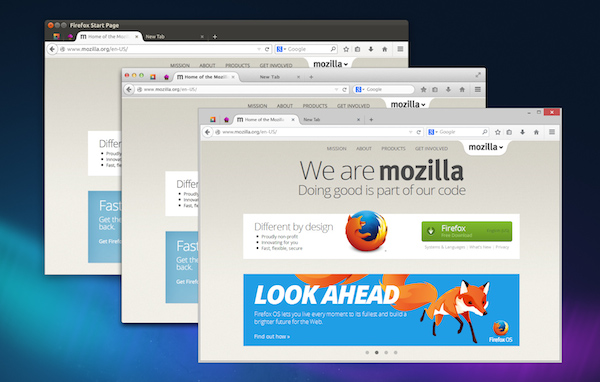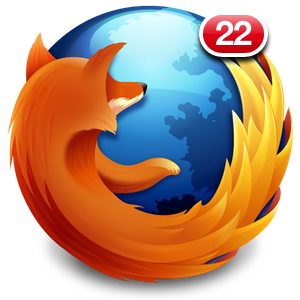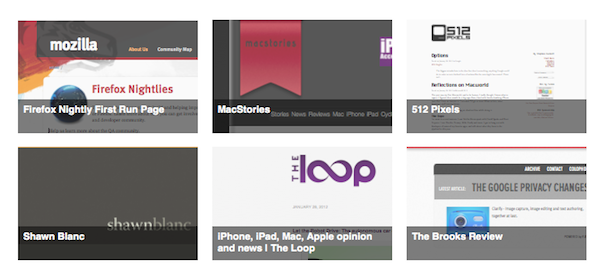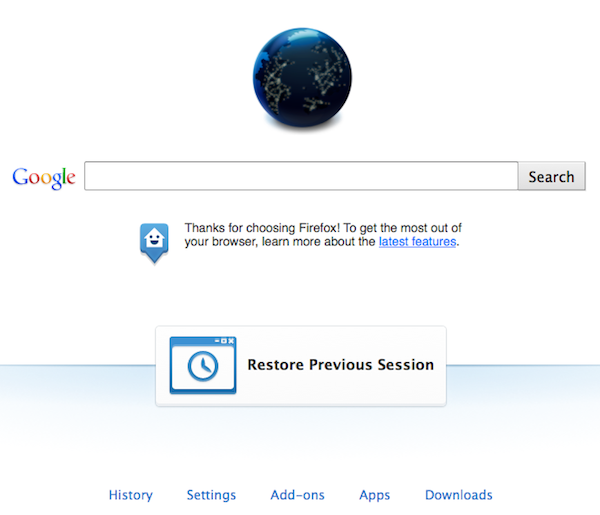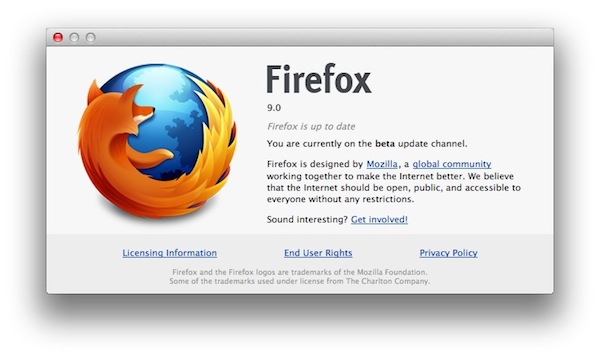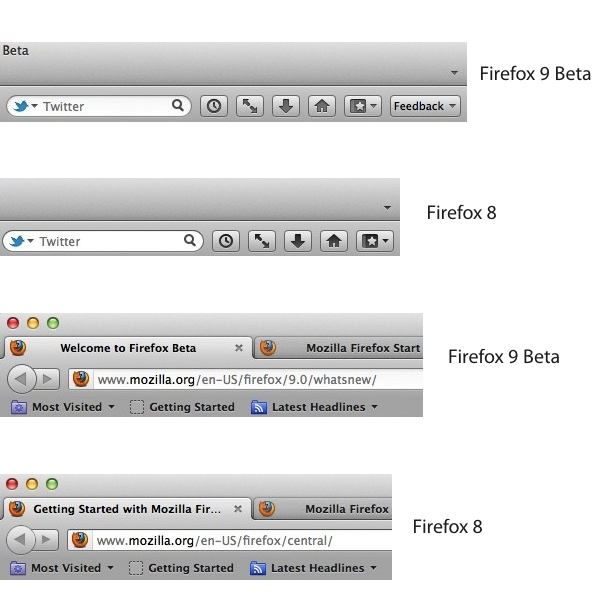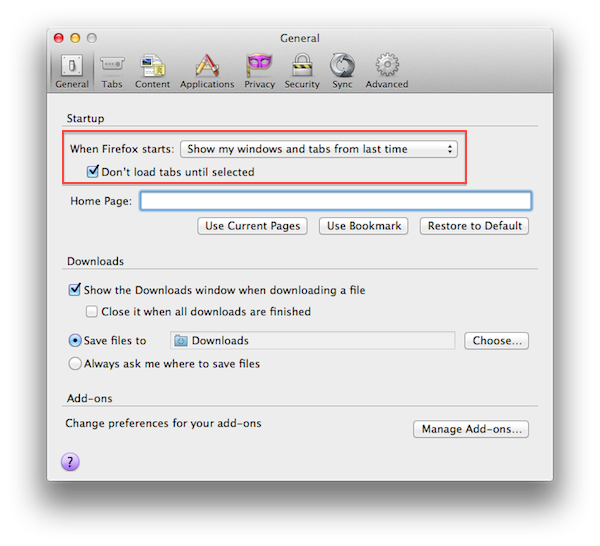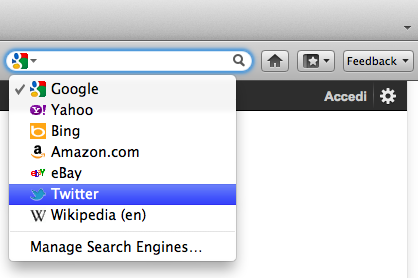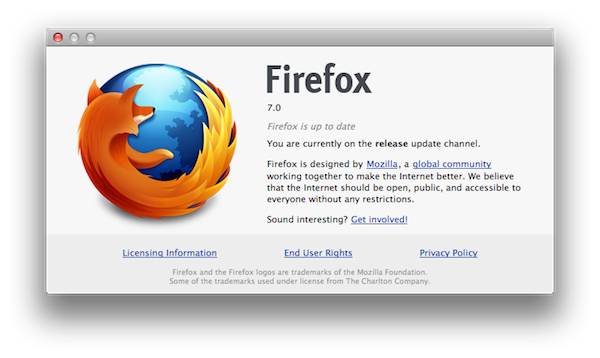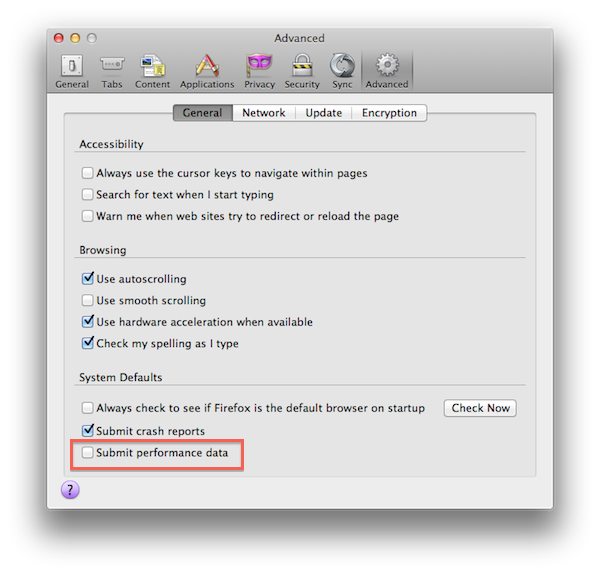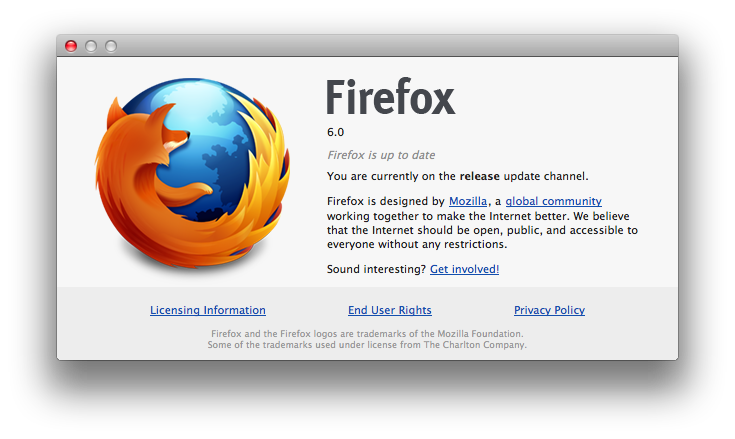I was an original supporter of Firefox in 2004. At the time, the Internet was in desperate need of change. The web browser market was dominated by Microsoft’s Internet Explorer, which was clunky and becoming an increasingly closed, proprietary system. Firefox found immediate success because it was fast and had an extension system for extending its functionality. Over time though, Firefox lost its speed advantage and fell out of favor.
Now, Firefox is back with a new and improved version called Firefox Quantum that focuses on speed and a fresh design. According to the Mozilla Foundation:
Firefox Quantum is over twice as fast as Firefox from 6 months ago, built on a completely overhauled core engine with brand new technology stolen from our advanced research group, and graced with a beautiful new look designed to get out of the way and let you do what you do best: surf a ton of pages, open a zillion tabs, all guilt free because Firefox Quantum uses less memory than the competition.
I haven’t had an opportunity to thoroughly test Firefox on my Mac, but even after opening 50 tabs on a fresh install of the browser, many of which were notoriously heavy sites, Firefox remained responsive. In addition to being twice as fast as the previous version of the app, Mozilla says Firefox Quantum uses 30% less memory than Google Chrome.
The under-the-hood improvements are coupled with a refreshed user interface that’s designed to scale from mobile devices to large screens. The redesign includes the incorporation of Pocket article recommendations. When you open a new tab, you get three article recommendations from Pocket, which was acquired by Mozilla earlier this year, along with links to popular Pocket article categories.
The update to Firefox for macOS is coupled with a similar design refresh on iOS. Version 10.1 of Firefox brings Firefox’s new design to iOS, including Pocket recommendations. The iOS version of the browser also has a ‘no image’ mode that uses less data and loads faster.
Firefox for macOS is available directly from the Mozilla Foundation. The iOS version of the browser is available on the App Store.




